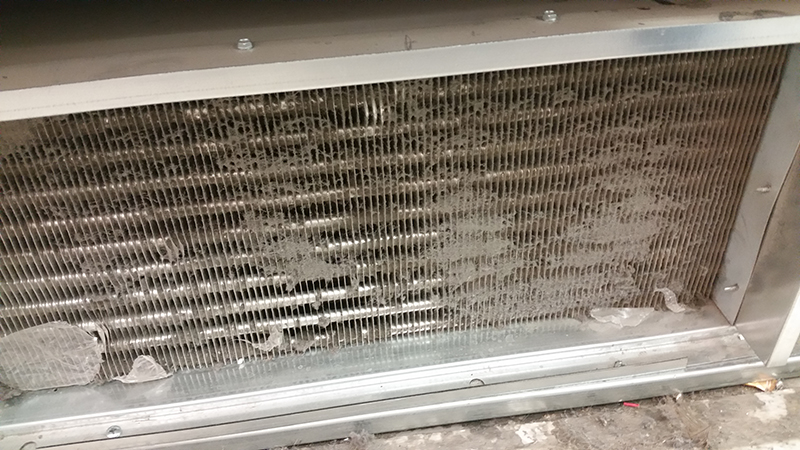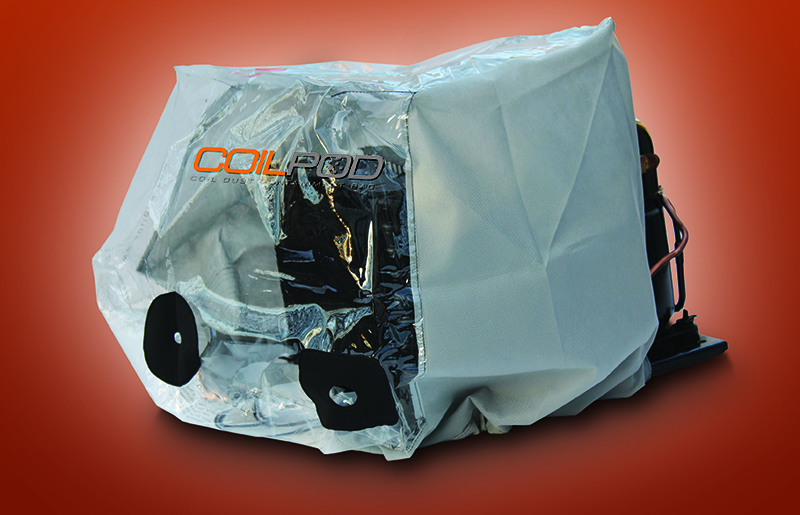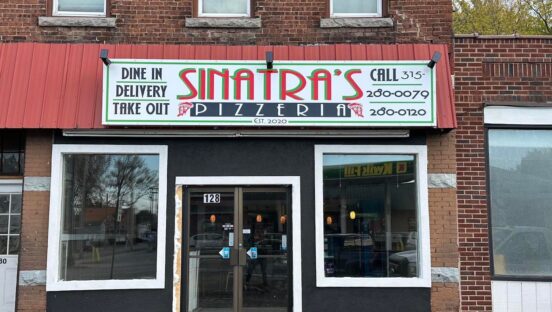Every pizzeria has at least several plug-in coolers holding valuable merchandise—and each one gobbles up electricity. When was the last time you had the condenser coils on any of your cooler units cleaned? These coils are responsible for rejecting warmth from the enclosure intended to be cooled to the atmosphere. They are exposed to dust and other contaminants and progressively get clogged with dust and other debris. If you haven’t cleaned your condenser coils within the last few months, you are wasting significant amounts of electricity in the operation of your coolers and are also compromising the integrity of each non-cleaned unit. Dirty coils have been identified as a leading cause of cooler malfunction, including compressor failure, which might necessitate buying a new unit.
So, how much energy loss do dirty coils cause? Recent data suggests dirty coils might roughly double the amount of electricity needed to run your coolers. Stated differently, cleaning the coils might reduce the cost to run a cooling appliance by roughly 50%. Translating this to dollars, each cooler, depending upon size and type might save you, on an annual basis, anywhere from about $220 to $625. Take an average value of $400 and multiply it by the number of the coolers in your store, and you will get a sense of the yearly electric savings possible from an aggressive and focused coil cleaning program where at least quarterly cleanings on a calendar basis are the norm in your store(s).

In fact, the energy efficiency savings has a strong multiplier effect for your operations: Every $1 saved in energy efficiency, which goes immediately to your bottom line, equates with anywhere from about $20 to $60 coming into your store in added retail savings (depending upon your profit margin).
So who should handle your coil-cleaning project? Should you do it yourself, or hire a third party? Merely brushing or vacuuming the surface of the coil structure will remove the dense matting that may reside there. However, it will do nothing to get at dust and debris clogging the interior channels of the coil structure. While specialized coil cleaning brushes are available to get at the deeply embedded debris, the time needed to do that job is prohibitive.
So, what do professionals do on the few occasions when coils are cleaned as a result of a reactive service call? They quickly blow off all of the contaminants using a blast of compressed air. In indoor locations, it is also essential to catch or contain the blown-off debris to prevent contamination of the surrounding area.
Until recently, refrigeration technicians would often drape a wet fabric over one end of the coil structure and blow the compressed air towards that item to try to ensure the debris was contained. But sometimes the fabric would not stay in place, with the result being an expensive cleanup. Recent advances in dust containment technology have improved the compressed air-cleaning method. An example of one dust containment hood is shown in the photo at the top of the article. It has two ports in its transparent front face, allowing for the input of a source of compressed air and vacuum, respectively, after it is sealed over the coil structure.
Implementation of a coil cleaning program, in which the coils in your coolers are cleaned every few months at a minimum, will give you greatly reduced electric costs in running the units while greatly reducing emergency service calls on the appliances since they will run much more smoothly as designed. They benefits will directly impact your bottom line in a favorable way.
Richard P. Fennelly is Director of Product Development, CoilPod LLC, a manufacturer of dust containment products for the compressed air cleaning of refrigerator and freezer condenser coils, www.coilpod.com. Contact for further information: richard@coilpod.com.















